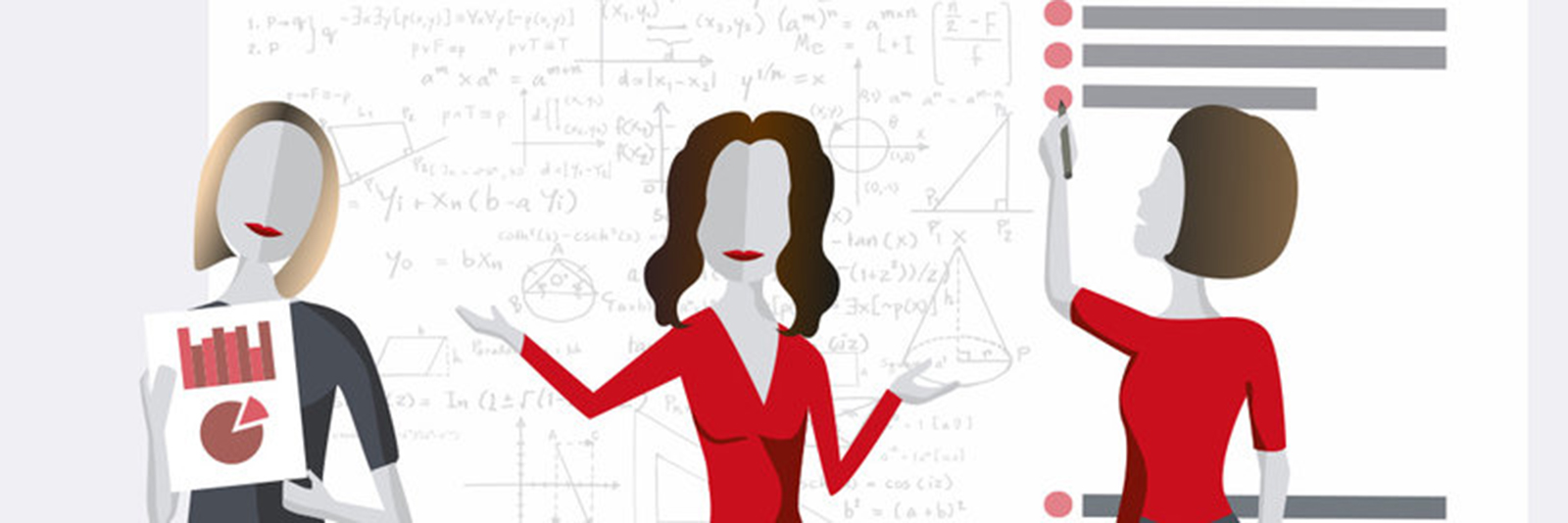How I fell in love with plain language
I first learned about plain language about five years ago, when I was working in a biotech startup and needed to ship products to a customer in a faraway country. As a scientist-turned-marketing person, I had no clue about how to prepare customs documents.
Unfortunately, the customs office website was no help at all. Cluttered with extra-long, bureaucratic language, it left me more confused than before. (Exactly what you would expect from German administration, right?). At some point, I clicked on the menu item “Get this page in plain language”. And that’s exactly what it was. No expert jargon or long, nested sentences. Just easy to follow information that helped me find the necessary documents AND showed how to complete them. That’s when I fell in love with plain language.
Since then, things have improved quite a bit. Many webpages have been reworked to a more everyday language. Journals such as the New York Times publish selected articles in plain language, and books have been translated. At least in Germany, most public sector websites have been thoroughly updated, following legal requirements to provide content in easy to read language – an even more simplified, defined language to promote societal inclusion.
As for me, I’m still a fan of plain language. Life is just too short to become an expert in everything. Yet in today’s complex world, it is important to know the basics of many fields – economics, engineering, digital technology – to address the issues that affect all of us. I’d love to read more articles in plain language, written on a level that everyone can understand, but still including the important facts.
I try to contribute my part by creating articles in plain language on topics I feel comfortable explaining – biology, biochemistry, the basics of certain diseases and therapies, and posting them on the German blog Einfach.Wissen or on our playground.
